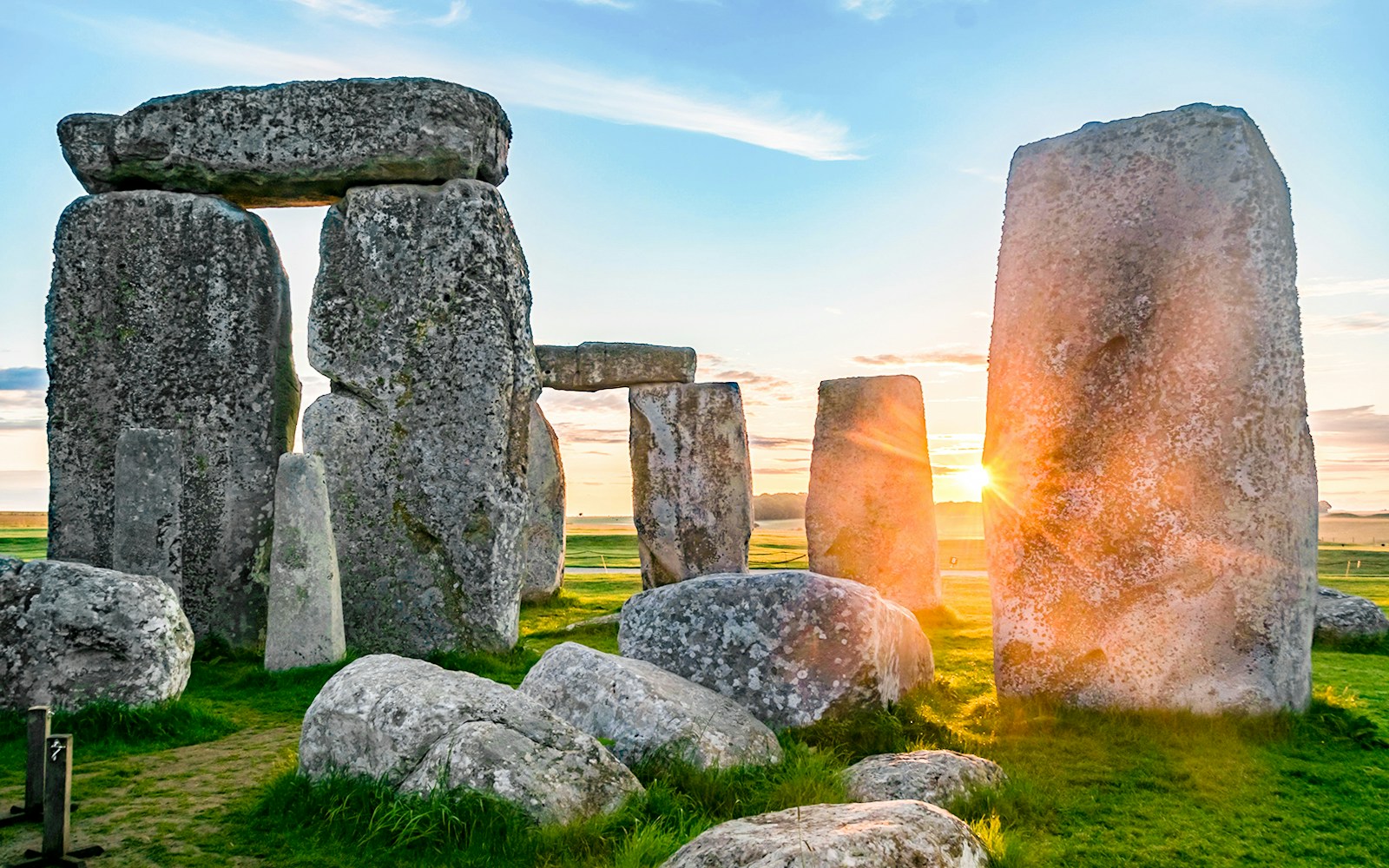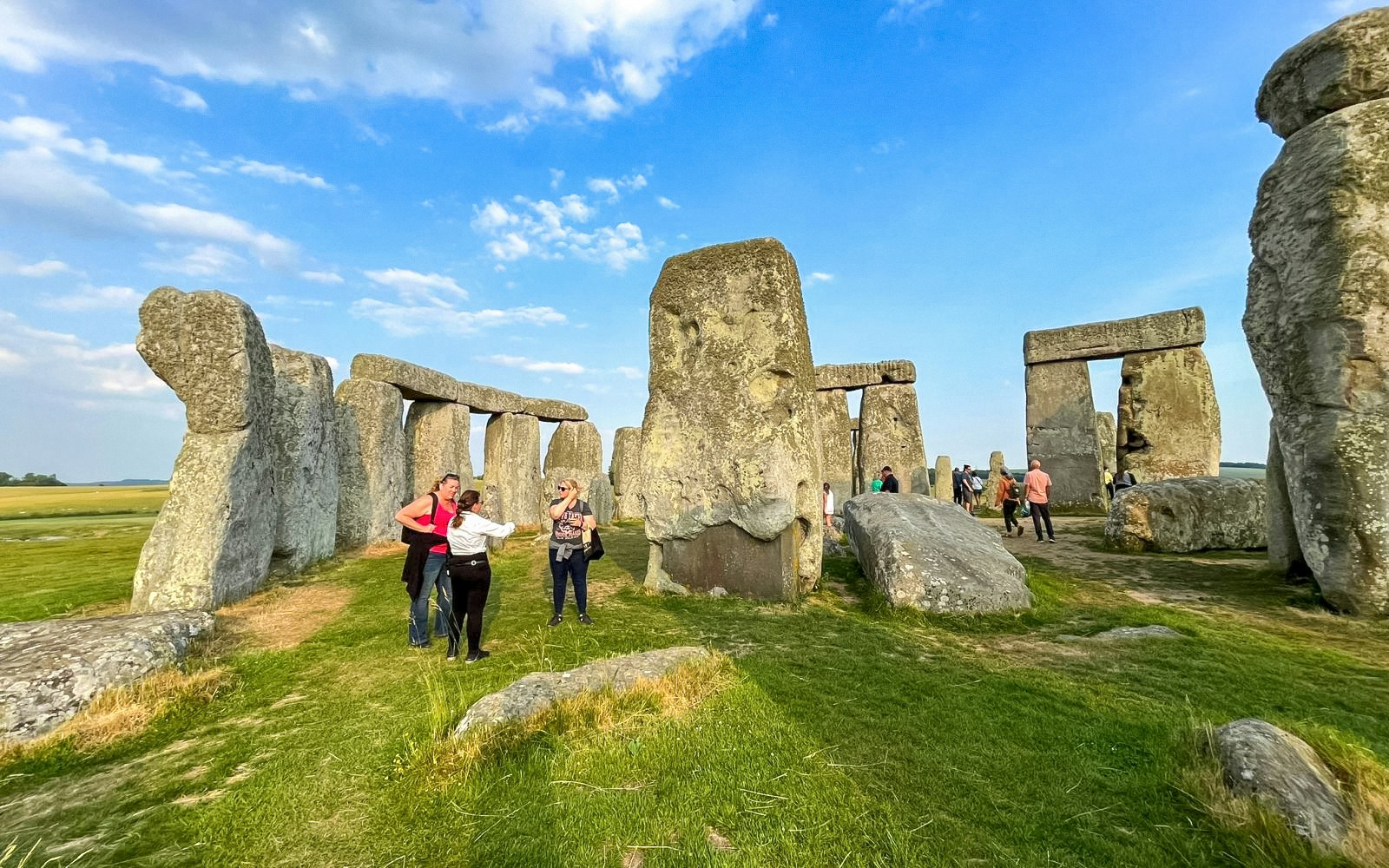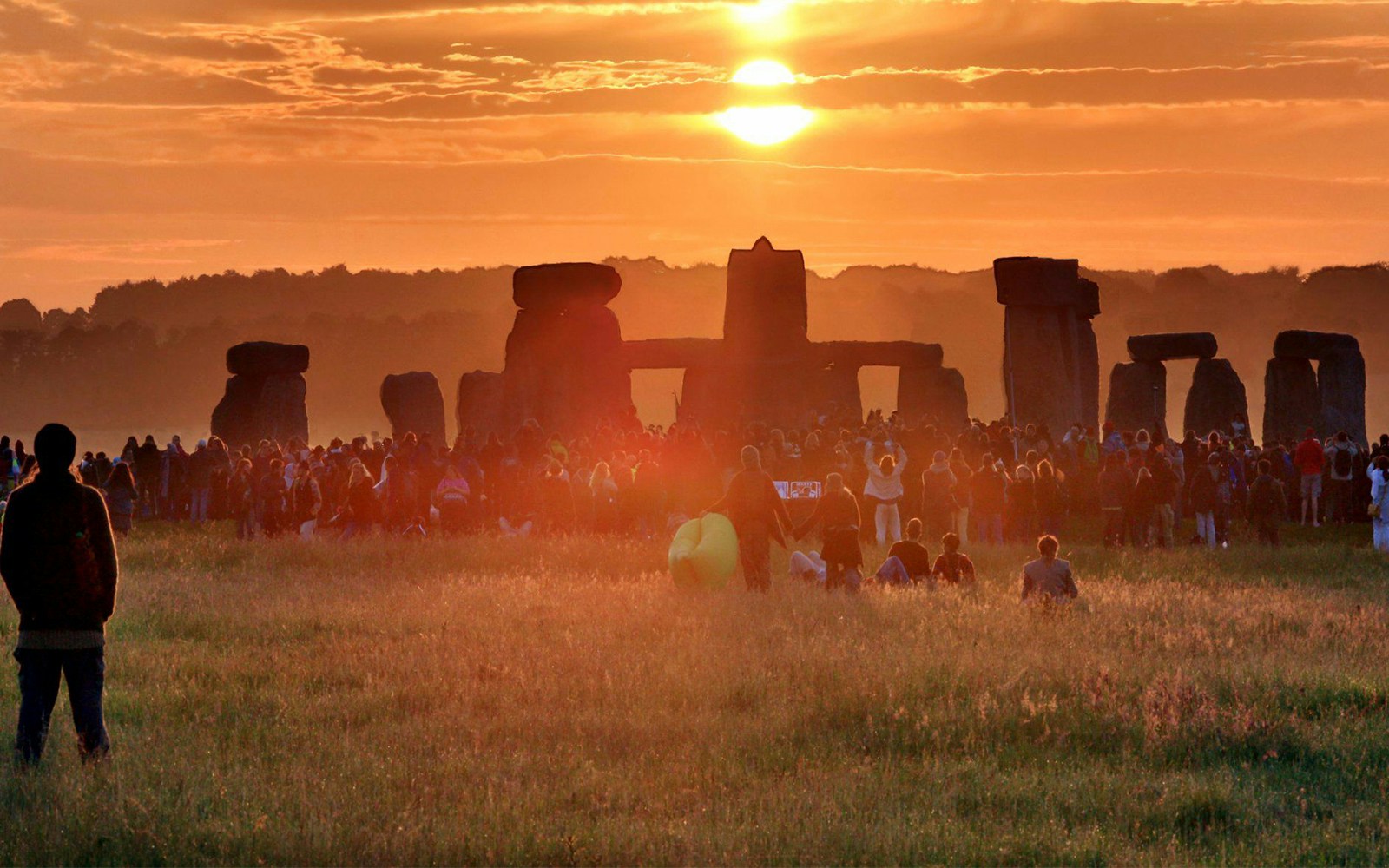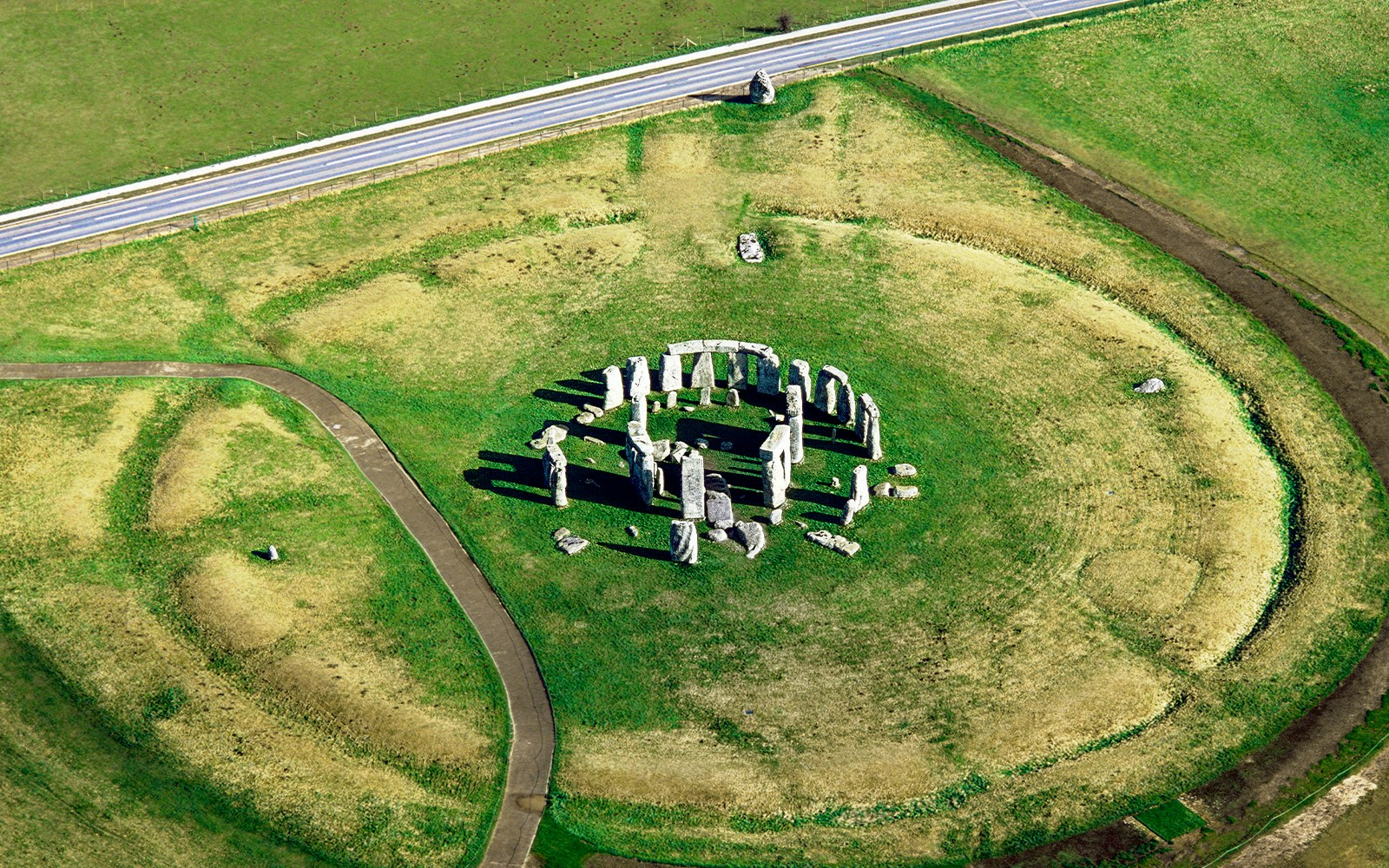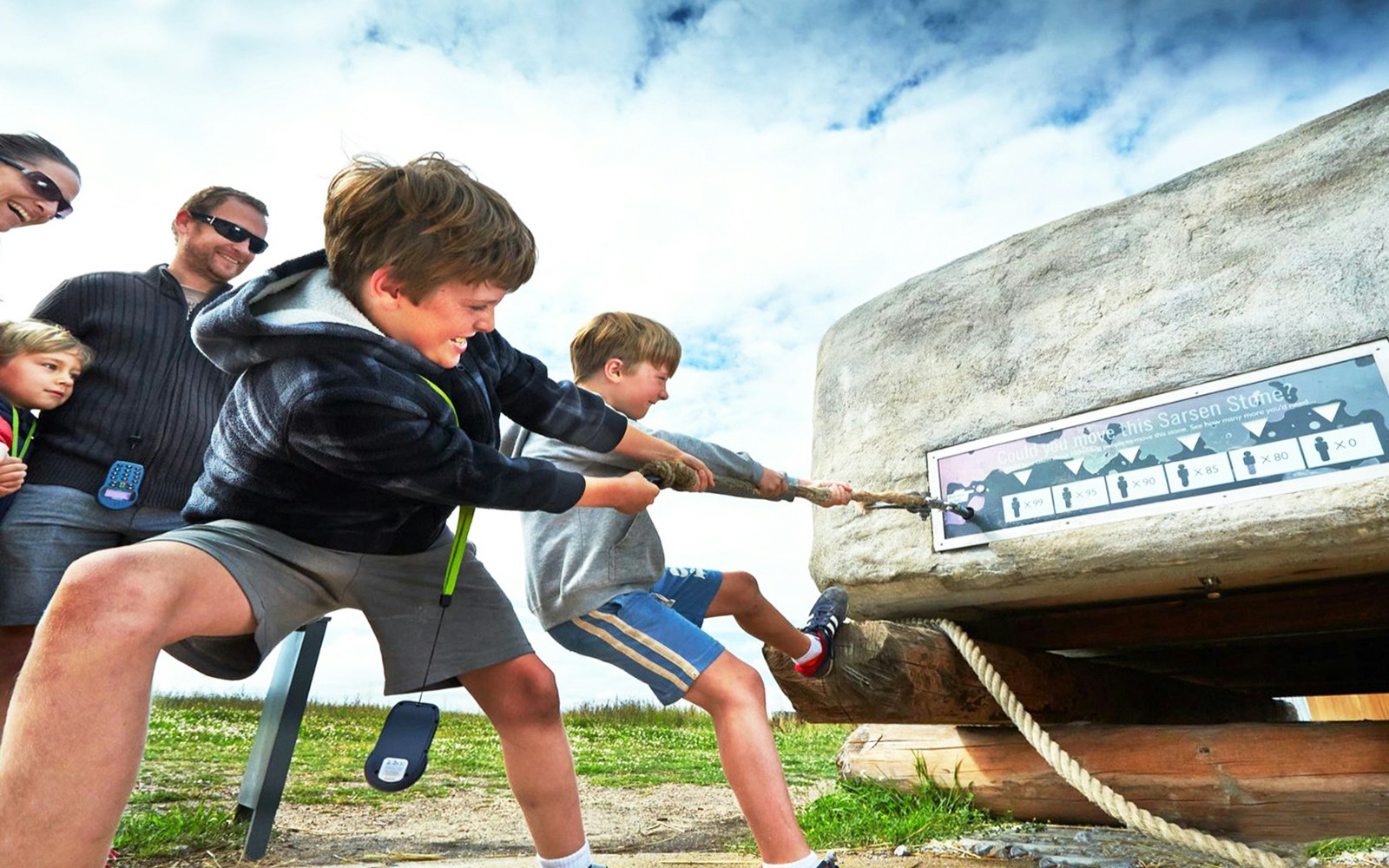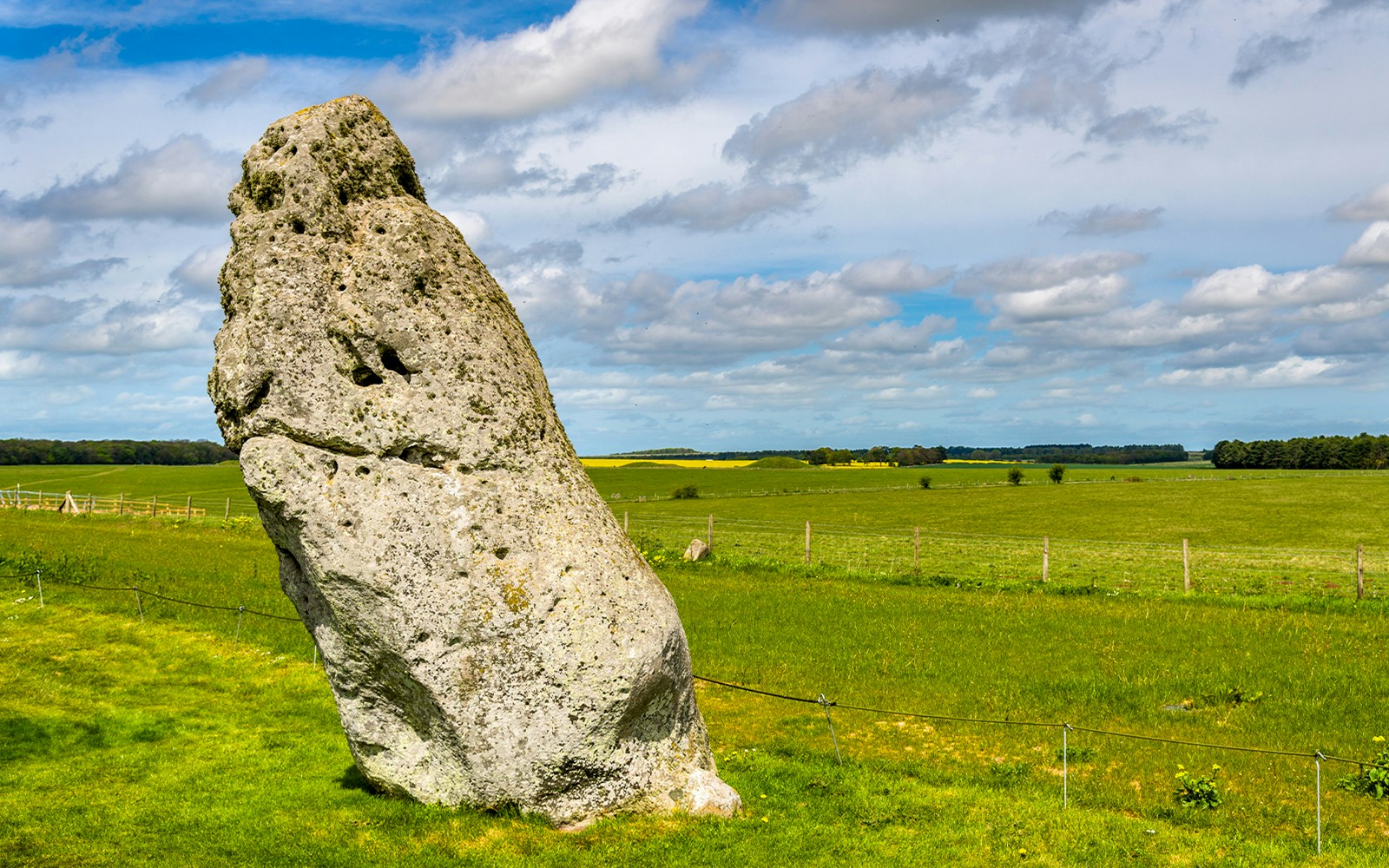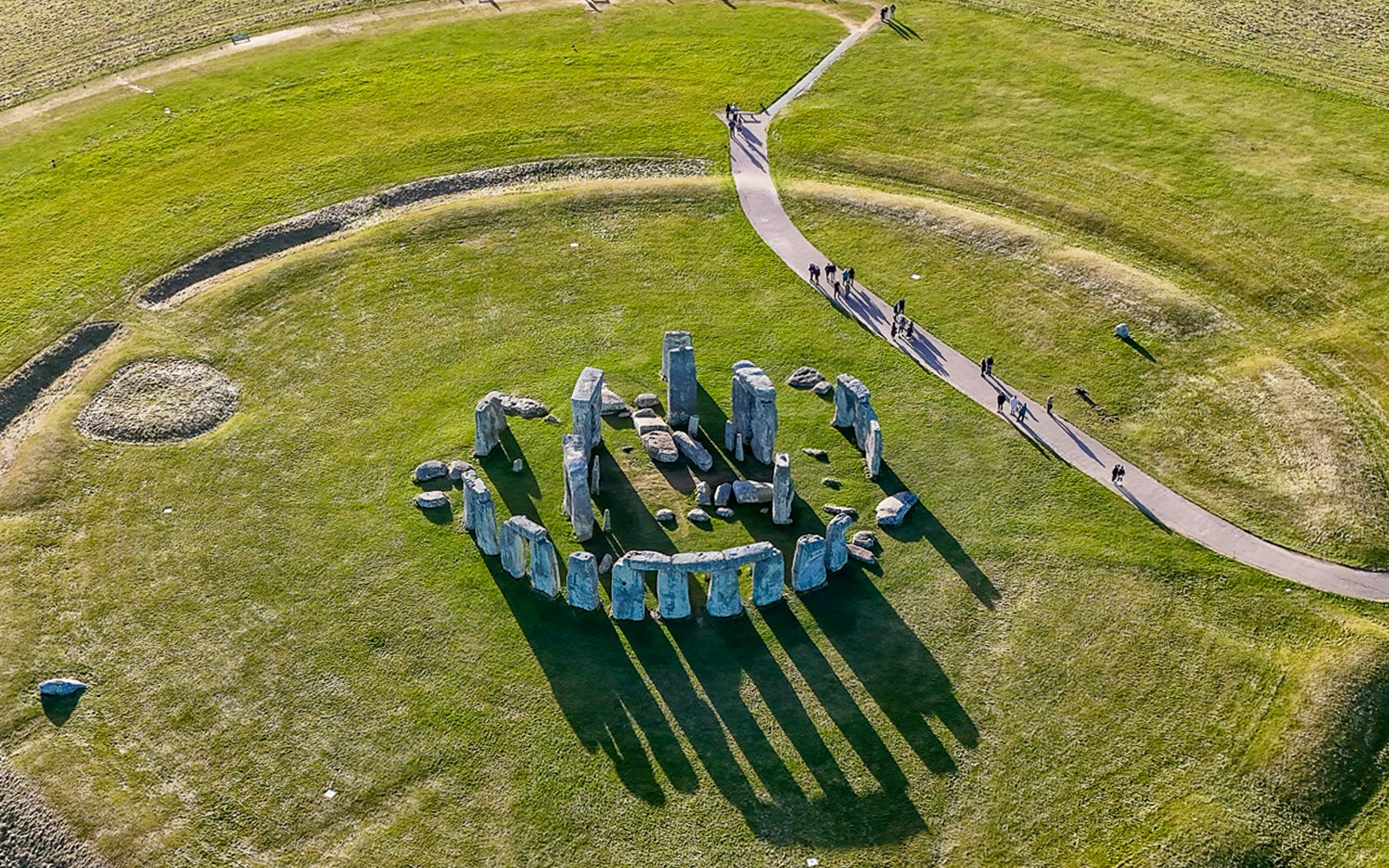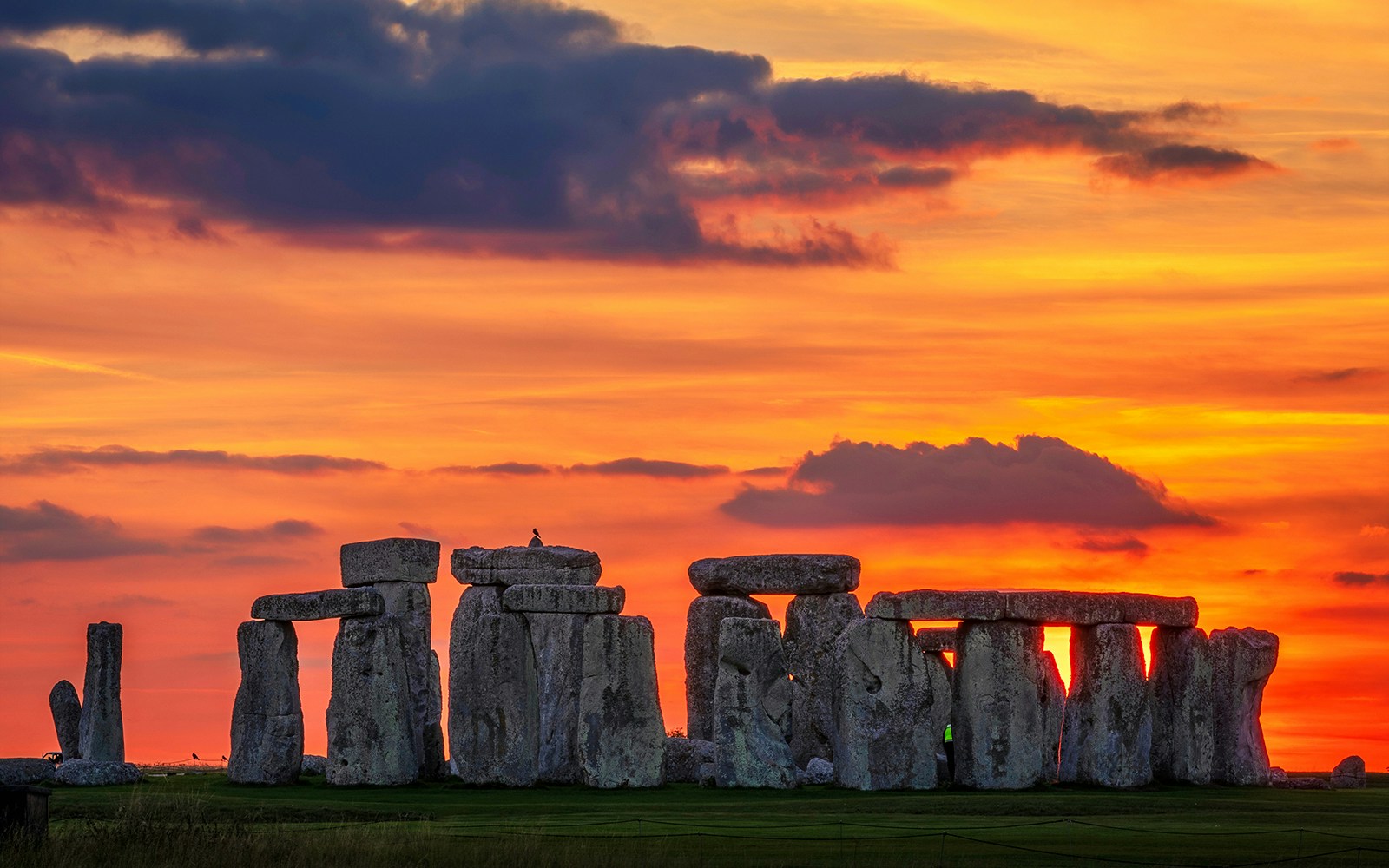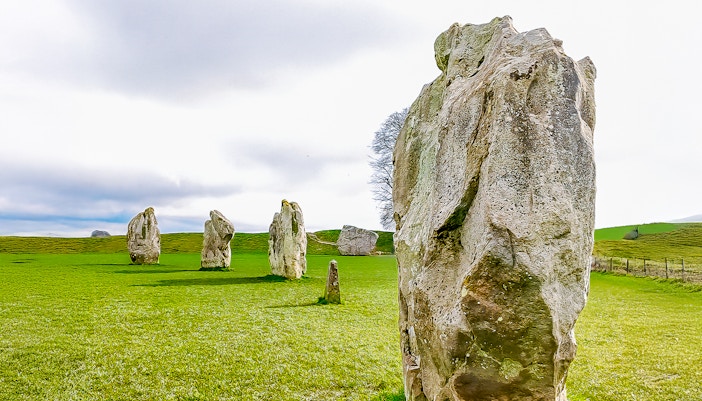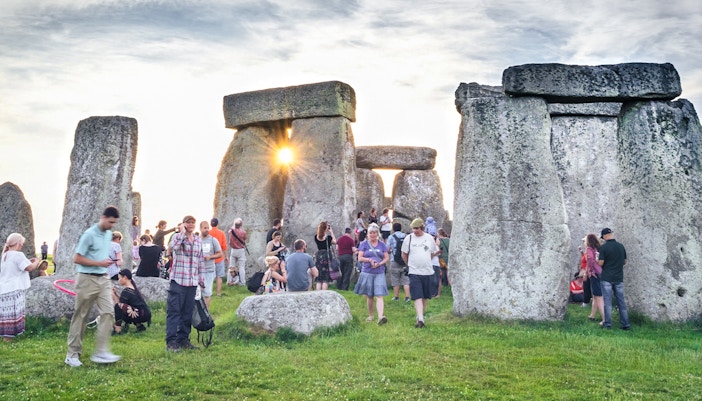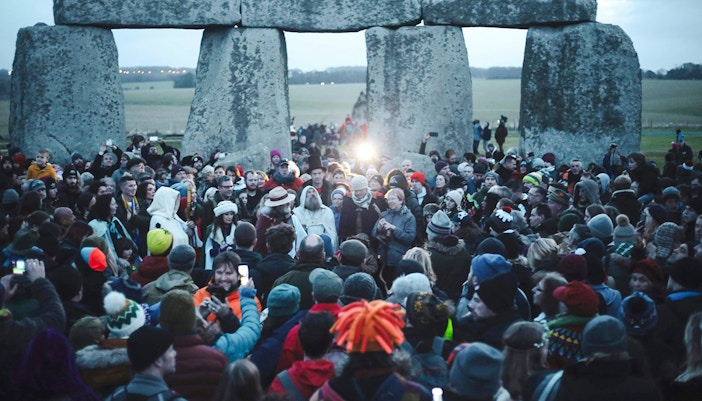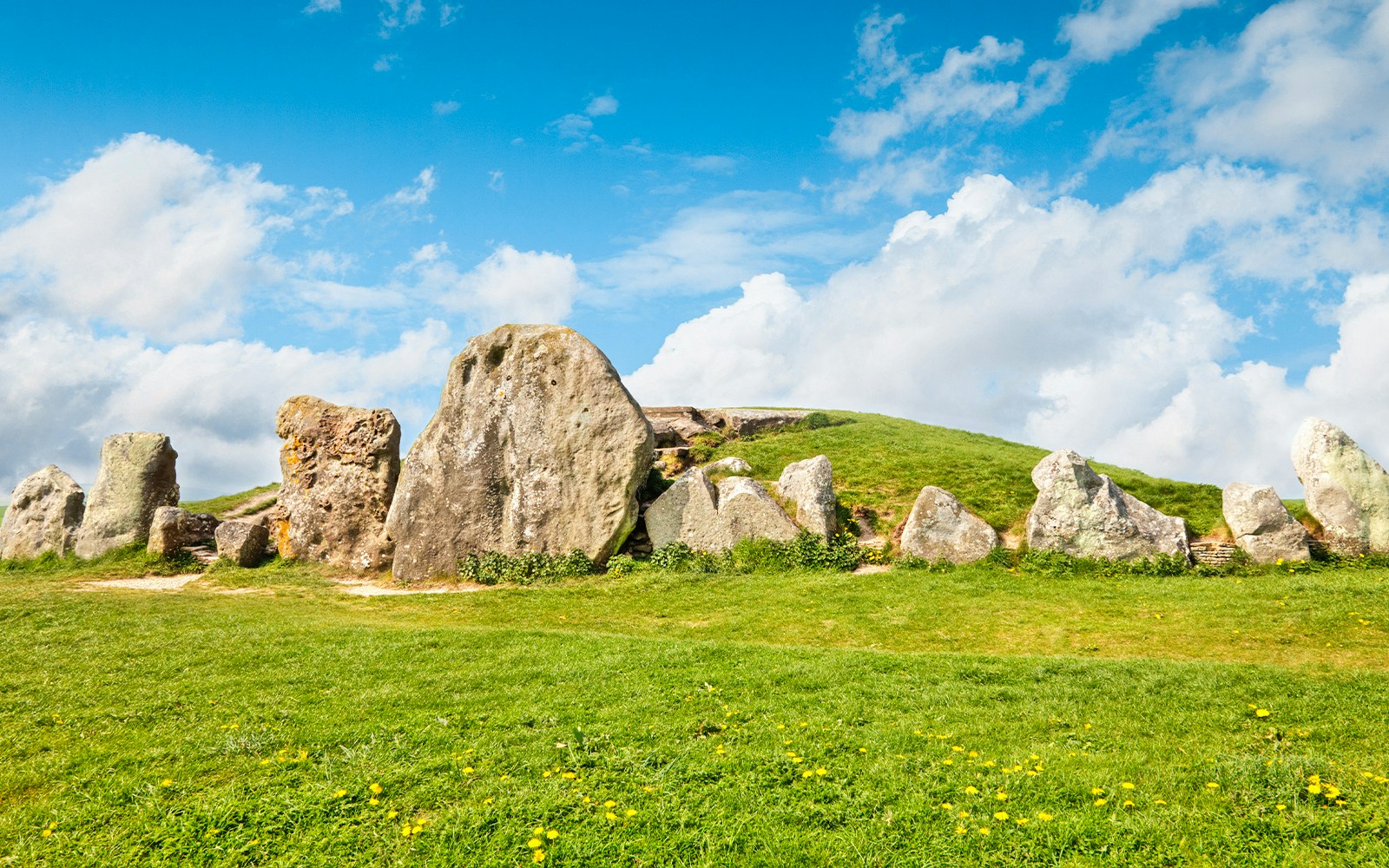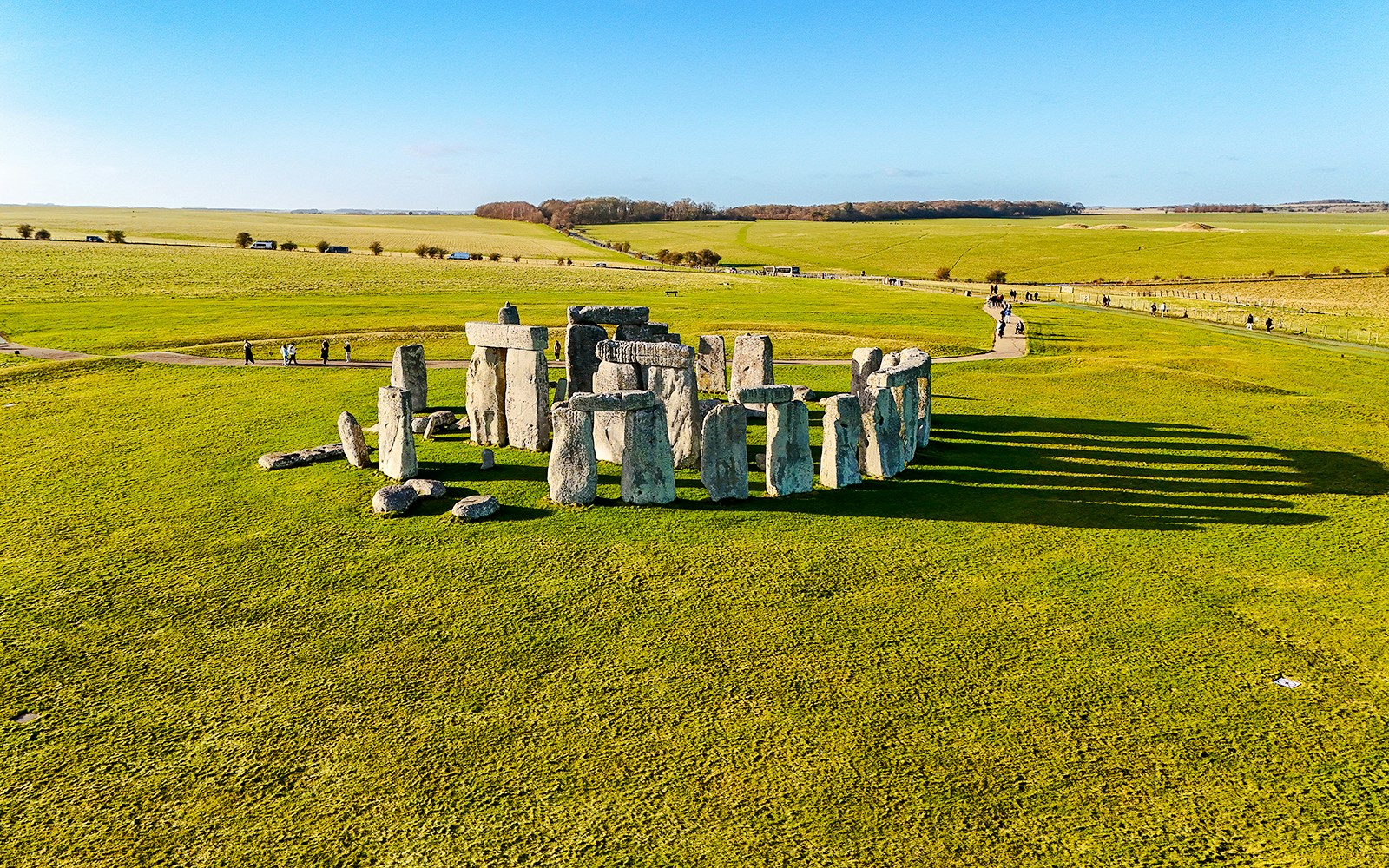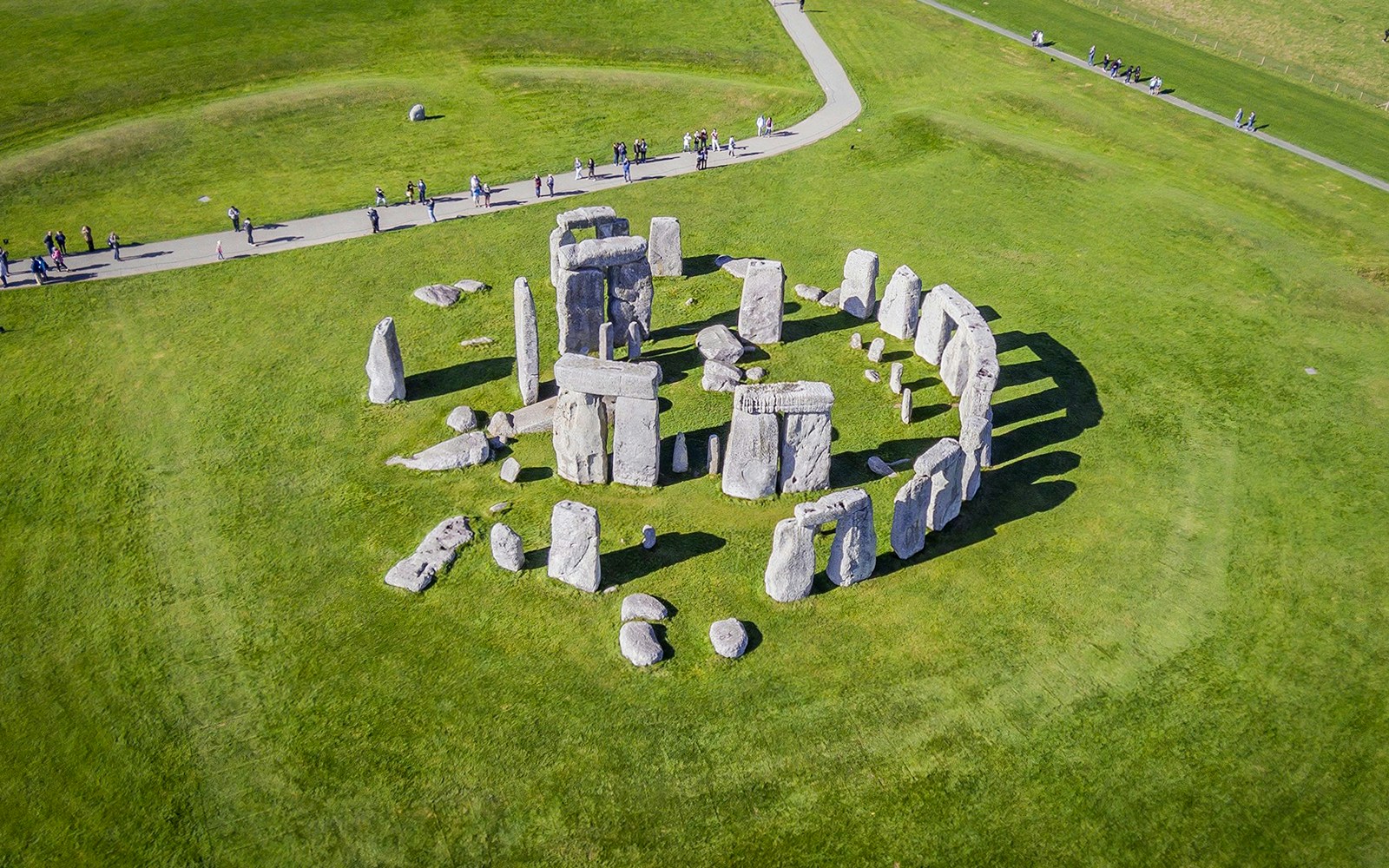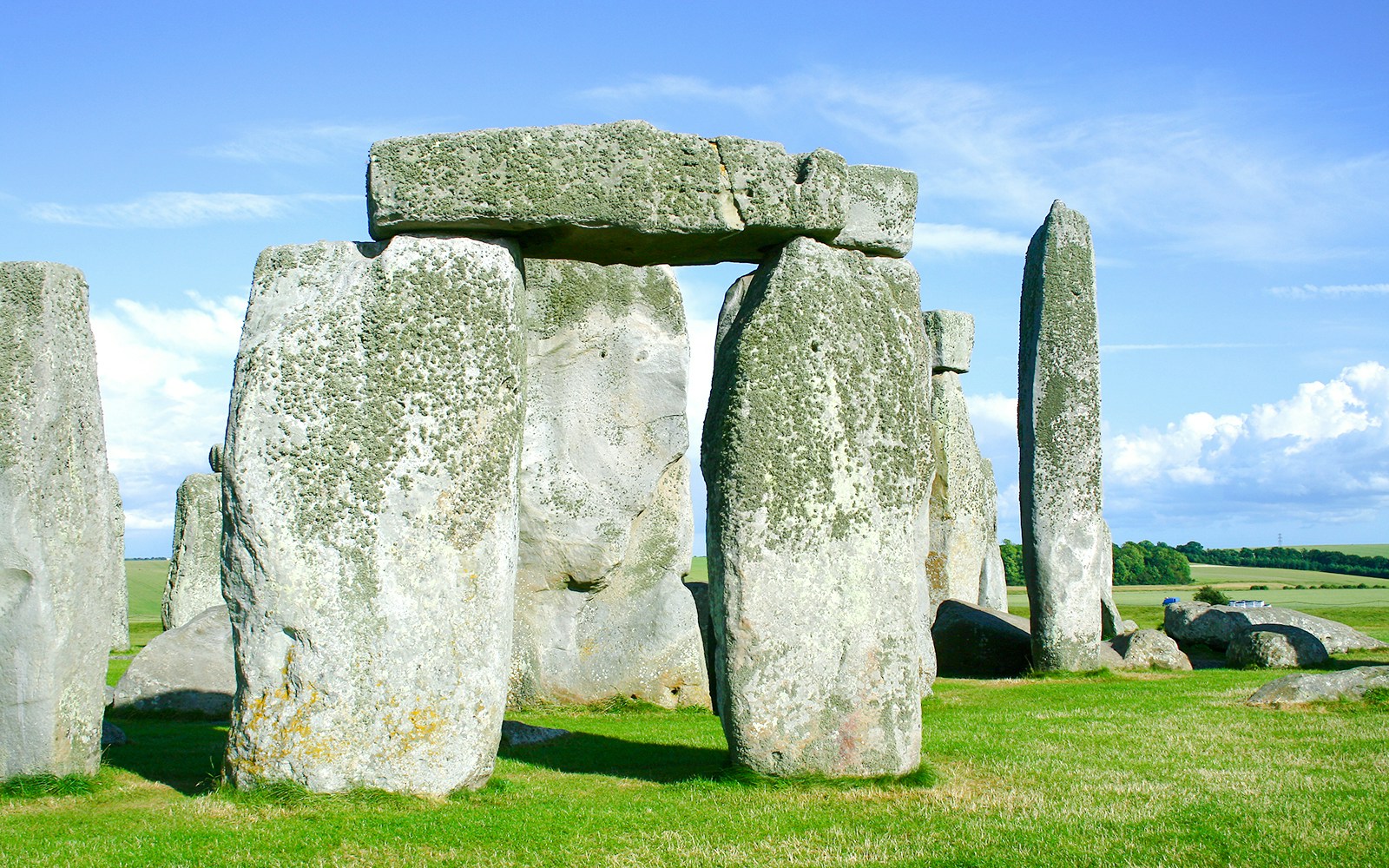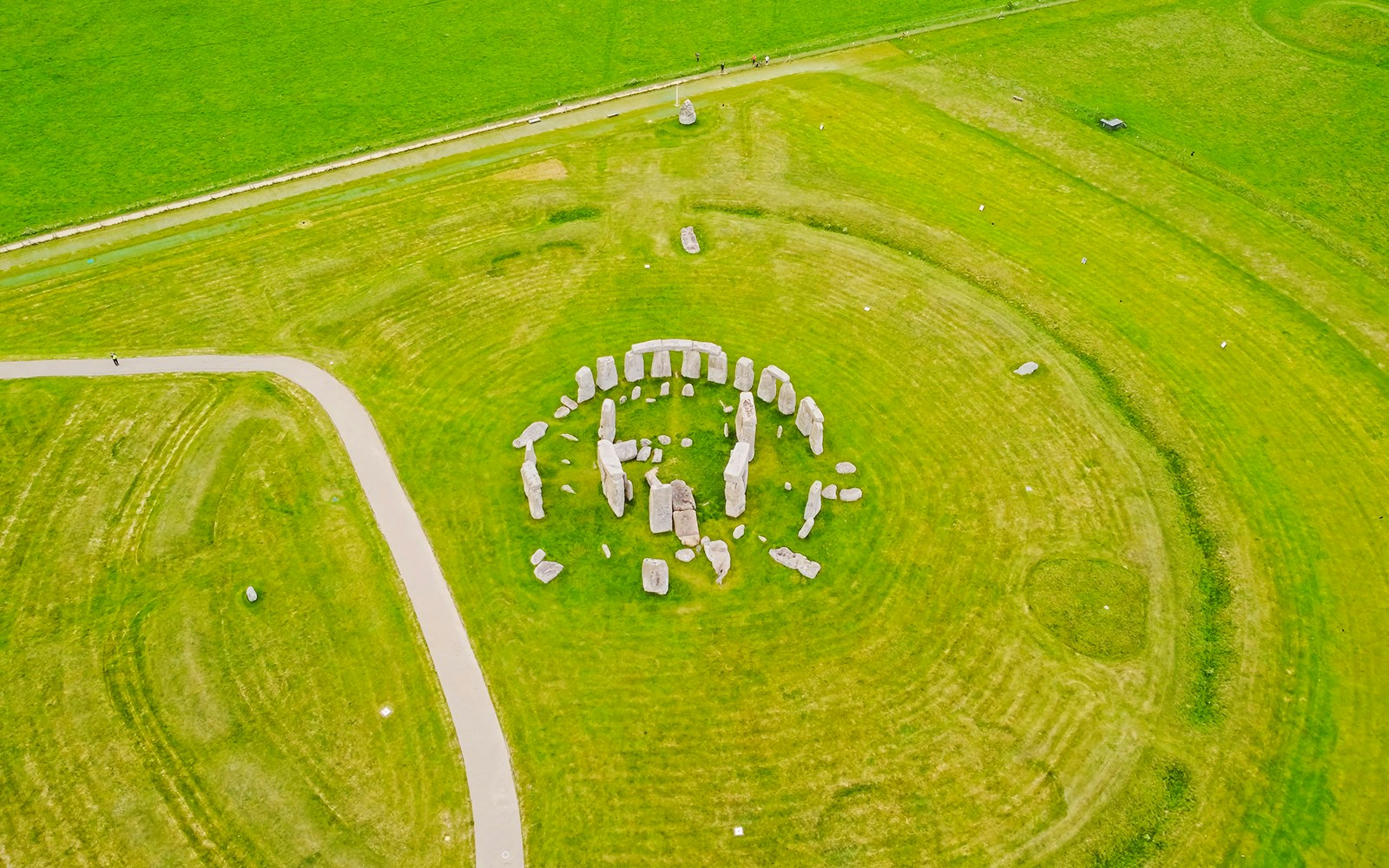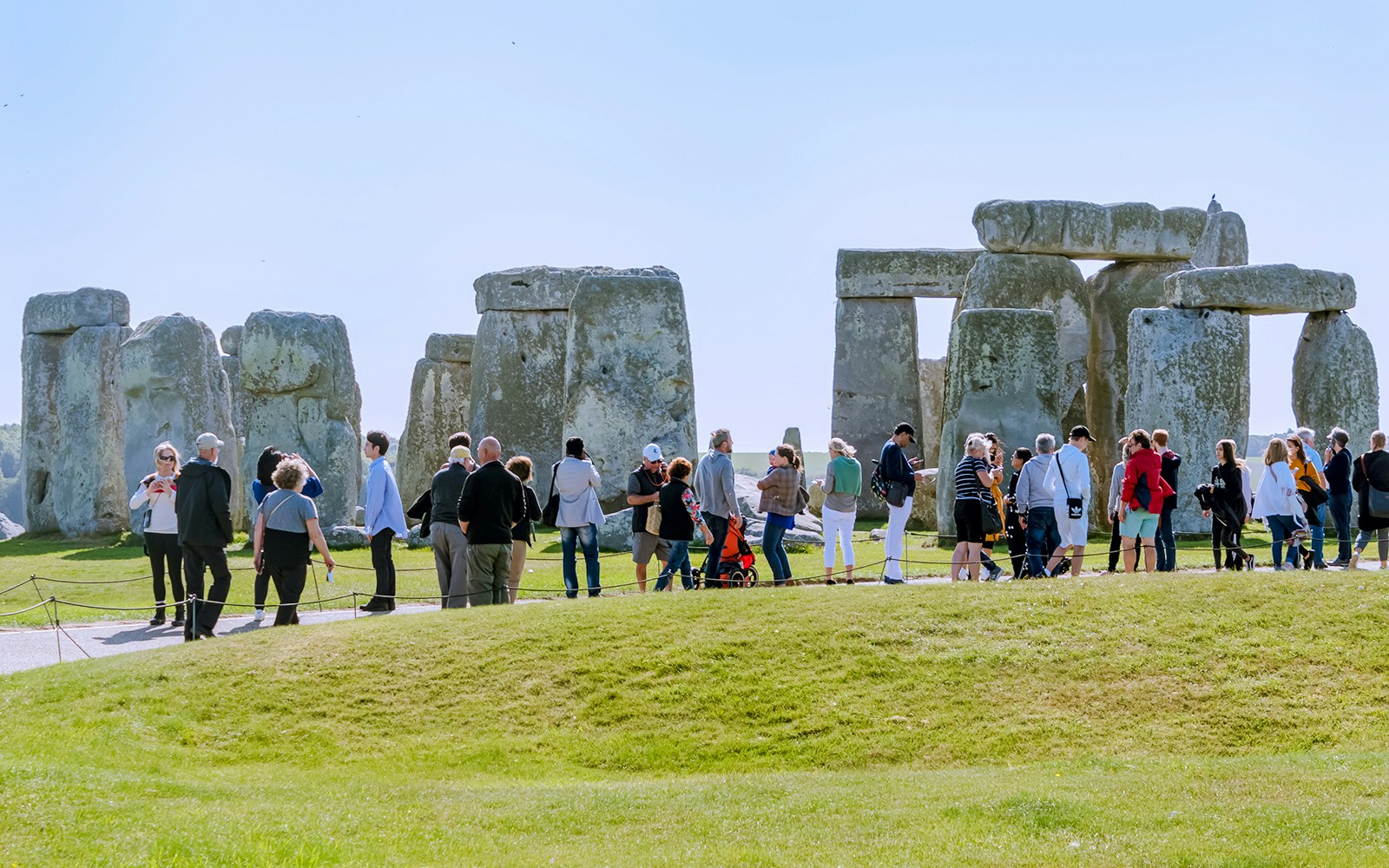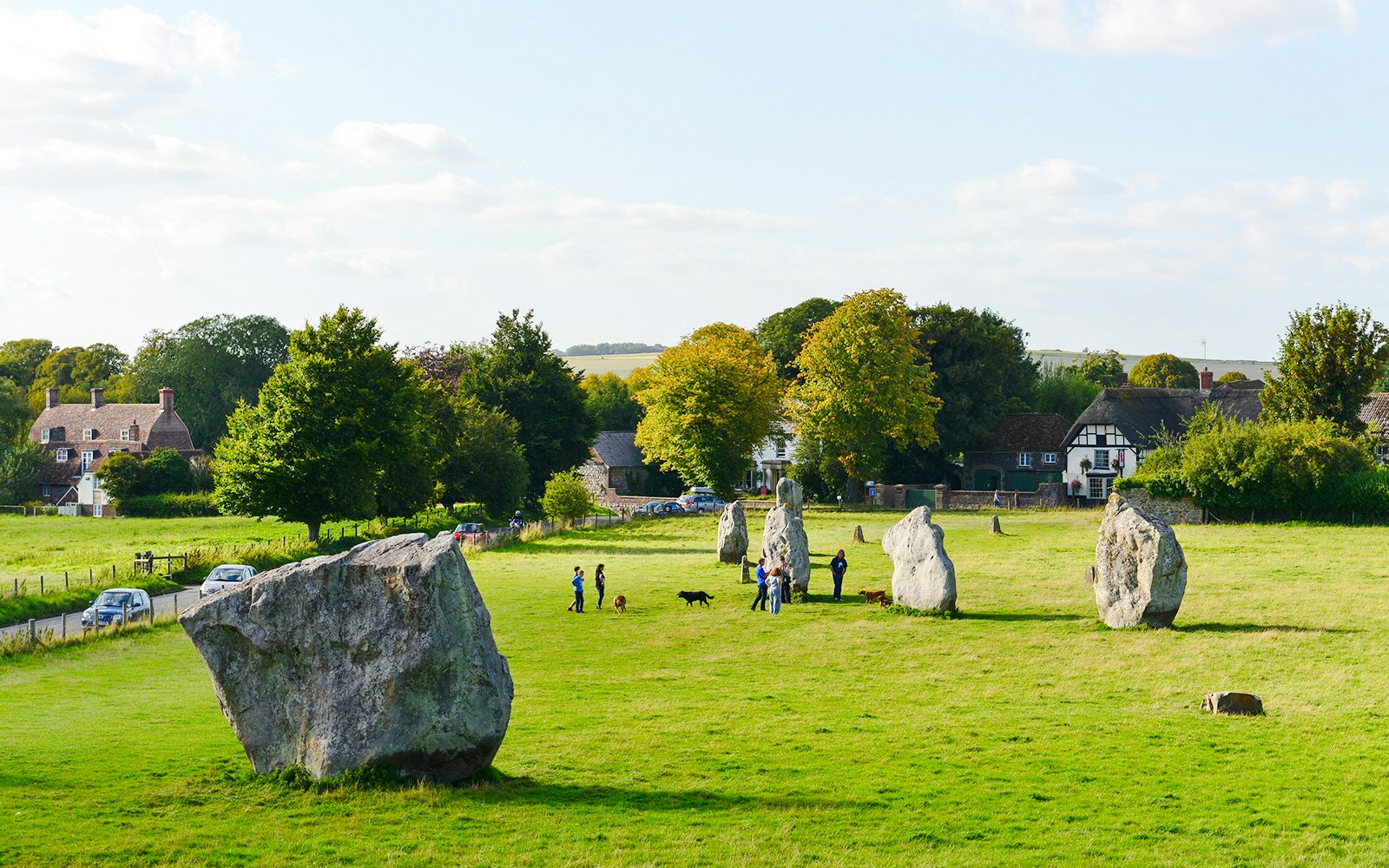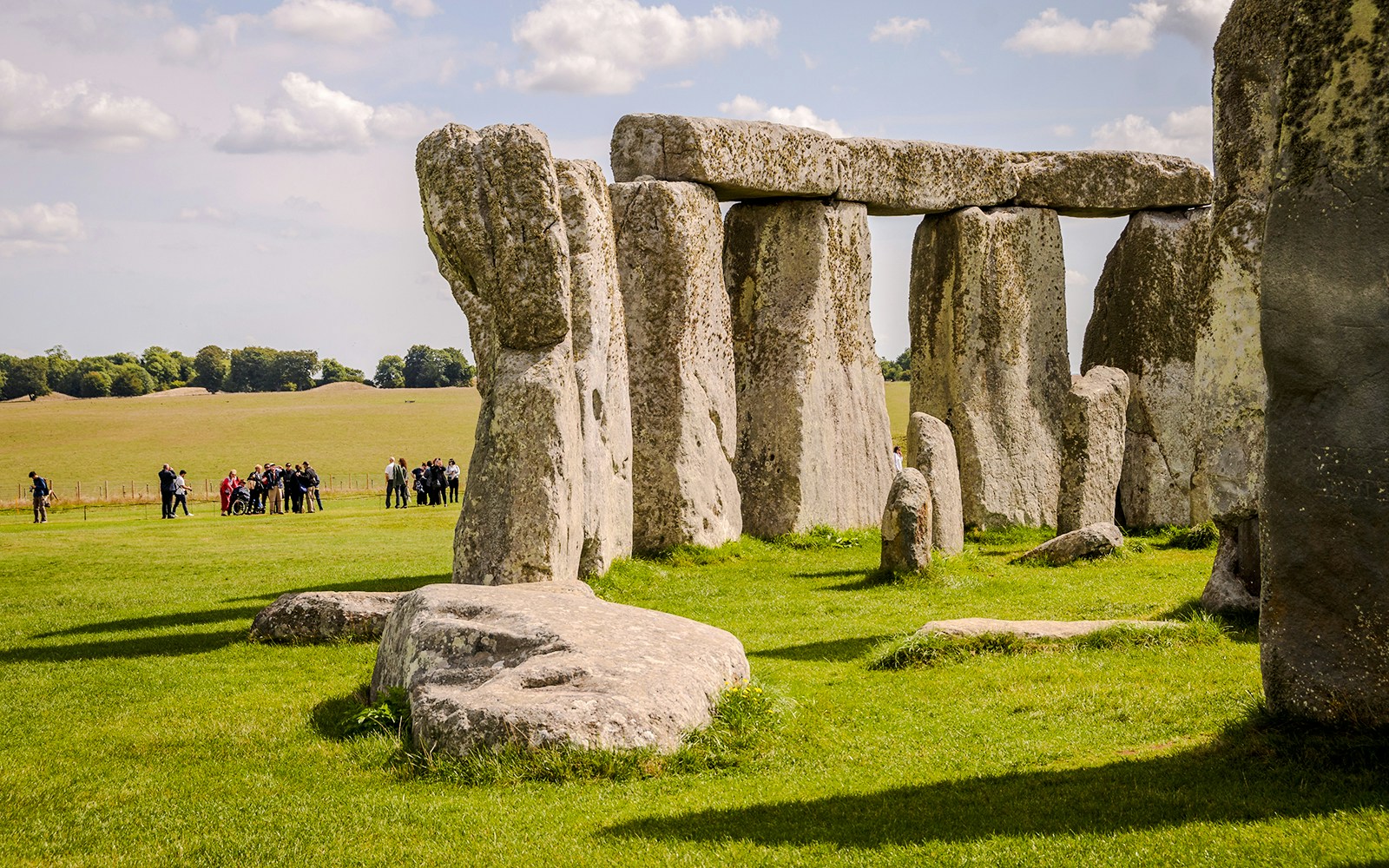Medieval legends claim Stonehenge was built by giants who carried the stones from Ireland. Later stories credit Merlin, King Arthur’s wizard, with magically transporting the stones to Salisbury Plain, weaving myth into the monument’s mysterious origins.
The great mysteries of Stonehenge
Who built it?
- The monument’s builders remain unknown, with theories ranging from Neolithic farmers to skilled ancient communities united for ceremonial purposes.
- No written records survive, leaving archaeologists to piece together fragments of evidence from tools, bones, and nearby settlements.
- Was it constructed by one society over generations, or different groups adding layers of meaning through centuries?
Transportation of stones
- Some stones weigh over 25 tons, yet they were transported without wheels or modern machinery.
- Bluestones came from Wales, 150 miles away, raising questions about transport methods across rivers and landscapes.
- Did ancient people use wooden sledges, rolling logs, or waterways to drag these massive stones?
Purpose and function
- Scholars debate whether Stonehenge served as a temple, ceremonial gathering place, or healing site.
- Its design suggests spiritual meaning, but no single theory explains all the evidence found here.
- Was it built for the living, the dead, or as a link between both worlds?
Astronomical alignment
- The monument aligns precisely with summer and winter solstices, suggesting a calendar or astronomical observatory.
- Standing inside, the sun rises and sets between stones with striking accuracy.
- Were ancient builders skilled astronomers or following spiritual traditions tied to celestial cycles?
Burial site connections
- Excavations revealed cremated remains, suggesting Stonehenge served as an elite burial ground.
- Some burials predate the stone circle, hinting at its sacred importance long before.
- Did its purpose shift over centuries, from burial site to ceremonial hub?
Healing powers theory
- Legends claim the bluestones carried healing energy, attracting people from distant lands.
- Excavated remains show signs of illness and injury among those buried near the site.
- Was Stonehenge a prehistoric pilgrimage center for the sick seeking cures?
Acoustic mystery
- Sound behaves strangely within the circle, creating echoes and amplification.
- Experiments show the stones produce a unique acoustic effect when voices or instruments are used.
- Was Stonehenge deliberately designed as a soundscape for rituals or ceremonies?
Why at this specific place?
- Stonehenge stands on Salisbury Plain, but why this location was chosen is unclear.
- The plain was already dotted with ancient monuments, suggesting regional significance.
- Did the landscape hold spiritual, astronomical, or cultural importance beyond practical building concerns?
